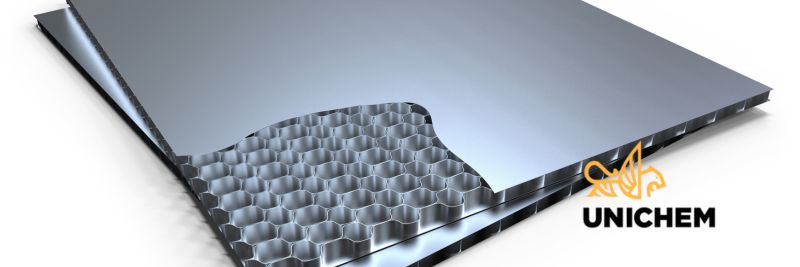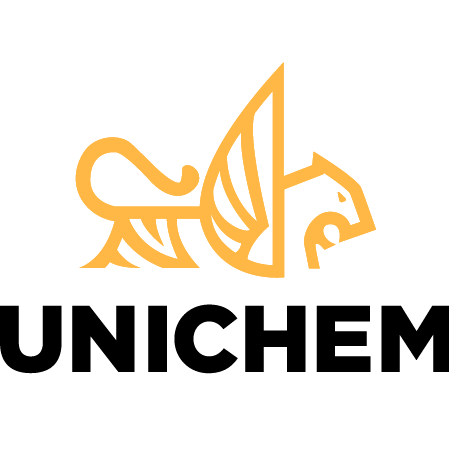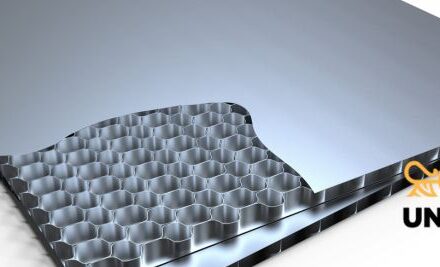
Understanding Composite Panels
Composite panels, often referred to as sandwich panels, consist of two outer layers (or skins) and a core material sandwiched between them. The skins can be made from a variety of materials, including metal, wood, plastics, or other composites, while the core material can be the adhesives itself, foam, honeycomb, or other lightweight options. The key strength of composite panels lies in their impressive strength-to-weight ratio, making them an ideal choice for numerous applications.
Composite panels have become a cornerstone in modern construction elements, interior design, and numerous other industries. These versatile panels offer an unbeatable combination of strength, durability, and aesthetic appeal. One crucial aspect of composite panel manufacturing is the lamination process. It involves bonding the outer layers to the core material effectively, and this is where quality industrial adhesives play a vital role.
Composite Panel Laminating Solutions and Overlay Materials: The Art of Crafting Quality
Over the past several decades, industrial-grade particleboard, medium-density fiberboard (MDF), and hardboard have emerged as stellar substrates for laminated panel constructions within the wood industry. These substrates, with their unique qualities, serve as the foundation for a wide range of applications thanks to their compatibility with various types of decorative overlay surfacing materials.
Overlay Materials and Substrate Properties
Particleboard: The Ideal Substrate
Particleboard has earned its reputation as a favored substrate for laminated panels for several compelling reasons:
- Uniformity: Particleboard boasts uniform density and thickness tolerance, ensuring consistency throughout the board.
- Surface Smoothness: The surface of particleboard is inherently smooth, making it an excellent canvas for overlay materials, whether they are high-pressure laminates, thermally fused laminates, or resin-saturated decorative papers.
- Dimensional Stability: Particleboard exhibits remarkable dimensional stability, crucial for applications where shape and size accuracy are paramount.
- Strength and Stiffness: The substrate’s strength and stiffness enhance the structural integrity of the laminated end product.
- Flatness: Particleboard’s flatness is a key factor, particularly for applications where a level surface is imperative.
- Screw Holding Strength: The ability to securely hold screws is vital for many applications.
- Workability: Particleboard is easy to work with, facilitating fabrication processes.
High-pressure laminates, thermally fused laminates, resin-saturated decorative papers, vinyl films, foils, and wood veneers are the most common overlay materials applied to particleboard substrates.
MDF: A Premier Substrate
Medium-density fiberboard (MDF) has become a premier substrate for various overlay materials, including wood veneers, vinyl films, light and intermediate basis weight decorative papers, resin-saturated decorative papers, and foils. What makes MDF stand out?
- Face and Edge Quality: The face and edge qualities of MDF are exceptional, making it an excellent choice for wood veneers and decorative papers.
- Smooth Surface: MDF’s smooth surface is perfect for applications where a pristine finish is desired.
- Superior Edge-finishing: MDF’s edge-finishing qualities add to its appeal, especially for applications where edges are exposed.
- Dimensional Stability: MDF exhibits remarkable dimensional stability, ensuring that the laminated end product maintains its shape and size over time.
- Flatness: Flatness is essential in many applications, and MDF excels in this regard.
- Close Tolerances: MDF’s ability to meet close tolerances is advantageous, particularly for precision work.
- Dent Resistance: MDF is highly resistant to dents, which is a critical property in many applications.
- Lower Glue Usage Requirements: Reduced glue usage is both cost-effective and environmentally friendly.
- Absence of Board Grain Telegraphing: MDF doesn’t telegraph the grain of the substrate, which is a common issue in other materials.
- Good Bond Strength: MDF offers excellent bond strength, ensuring that the overlay materials stay firmly in place.
- Screw Holding Strength: The ability to hold screws securely is a valuable property for various applications.
- Resistance to Compression and Warp: MDF is known for its resistance to compression and warp, making it an ideal substrate for lamination.
Overlay Materials: Aesthetic and Functional Choices
Vinyl Films
Vinyl films, made from polyvinyl chloride, come in various thicknesses and flexibility grades. These films are used in a multitude of applications, with some notable categories:
Wrapping Films
Rigid vinyl films in different gauges can be printed with wood grain or decorative patterns. They may also be embossed and coated with scratch- and stain-resistant coatings, making them ideal for wrapping profiles like picture frames and furniture molding.
Wood Veneers
The veneers used in the lamination industry are real wood veneers sourced from a variety of wood species, both domestic and imported. These veneers are available in various cuts, such as rotary cut, flat cut, rift cut, or quarter cut. They come in different thicknesses and often have paper or fleece backing for flexibility, stability, and strength.
The art of crafting quality laminated panels relies on the choice of substrate and overlay materials. Particleboard and MDF have emerged as exceptional substrates, offering a range of properties that make them ideal for diverse applications. The overlay materials, such as vinyl films and wood veneers, add both aesthetic appeal and functional characteristics to the final product. Whether you’re involved in the woodworking industry or planning a project that involves laminated panels, understanding the interplay between substrates, overlay materials, and adhesives is the key to success.
UNICHEM’s uniBOND Adhesives: The Glue that Holds it All Together
UNICHEM is a recognized leader in the field of industrial adhesives, and our uniBOND product line is engineered to provide exceptional bonding solutions. These adhesives are specially designed to meet the unique requirements of composite panel manufacturing.
Key features and benefits of uniBOND adhesives:
- Versatility: uniBOND adhesives are suitable for a wide variety of materials used in composite panels. Whether you’re working with metal, wood, or plastic, these adhesives ensure a strong bond that endures.
- Durability: Composite panels are often exposed to harsh environmental conditions, including temperature fluctuations and moisture. UNICHEM’s uniBOND adhesives are formulated to withstand these challenges, ensuring long-lasting integrity.
- High Bond Strength: The strength of the bond between the panel layers is crucial for the structural integrity of the final product. uniBOND adhesives provide high bond strength, ensuring that the composite panel performs as expected.
- Ease of Application: UNICHEM understands the importance of efficiency in manufacturing processes. uniBOND adhesives are designed for easy and efficient application, streamlining the production of composite panels.
Why Choose UNICHEM for Your Laminating Solutions?
UNICHEM’s commitment to quality and innovation is what sets us apart in the world of industrial adhesives. When it comes to composite panel laminating solutions, the choice of adhesive is critical. uniBOND adhesives have proven their worth in various industries, from construction to transportation and beyond.
Whether you are a manufacturer looking to enhance the quality of your composite panels or an architect seeking durable and aesthetically pleasing design solutions, UNICHEM’s uniBOND adhesives offer a reliable answer.
UNICHEM is a leader among industrial adhesive suppliers, offering uniBOND industrial adhesives and custom coatings to meet our customers’ specific needs. We follow strict quality policies as part of our ISO9001:2015 registration and internal proprietary quality procedures. Contact us today to explore the full range of UNICHEM’s industrial adhesives, including uniBOND, and take your composite panel laminating solutions to the next level.


